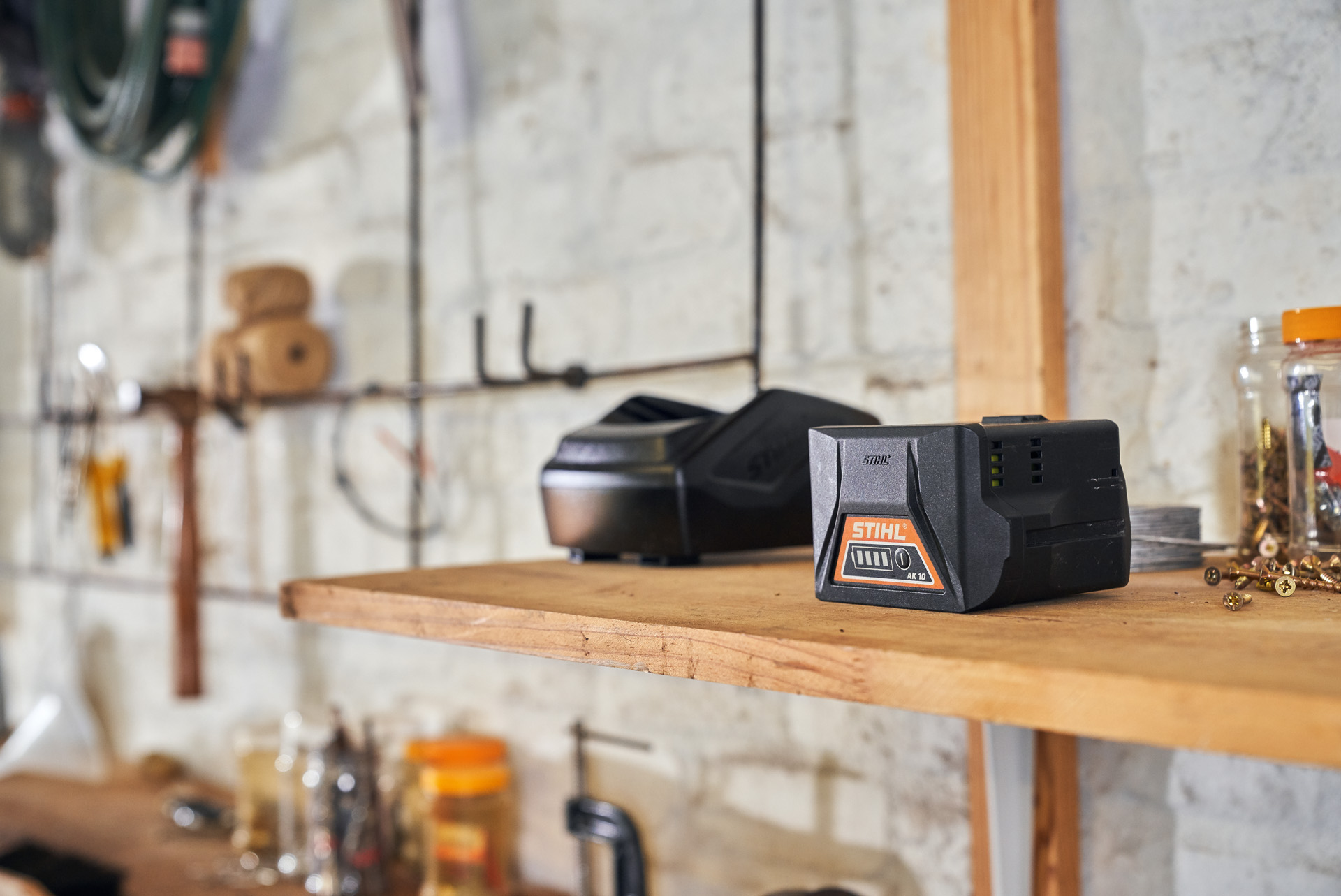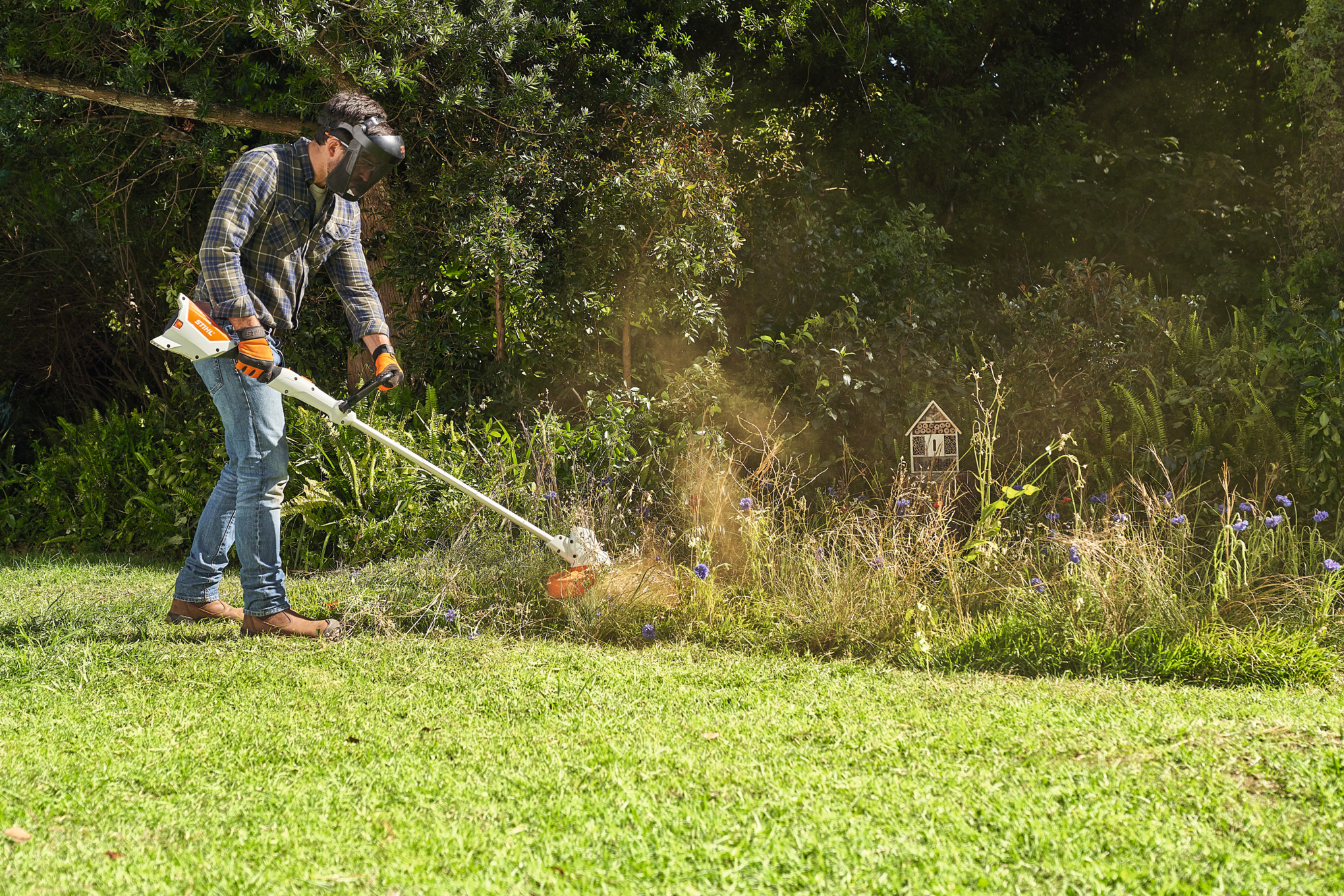What to be aware of when charging lithium-ion batteries
The assumption that batteries need to be fully charged after purchase no longer applies to advanced lithium-ion batteries. However, there are a few things you should keep in mind to ensure that your batteries have a long service life.
Ideal temperature for charging for lithium-ion batteries
Your STIHL Li-ion battery can be charged without a problem at temperatures between 5°C and 40°C. STIHL lithium-ion battery chargers also incorporate safety features so that if your battery is too hot when inserted into the charger after a long period of use, the charging process will only begin when it falls to an appropriate temperature.
Avoid extreme temperatures when charging lithium-ion batteries
When charging, your Lithium-ion battery should not be placed on a heater. Warming a charging battery does not save battery life and does not increase the capacity – in fact, the battery may be damaged if temperatures are too high or too low. Your Li-ion battery is best charged at normal room temperature or at moderate outdoor temperatures. We advise that you always check your battery’s permissible temperature range.
Long charging processes are not required for lithium-ion batteries
Advanced lithium-ion batteries only require 80% charge before their first use – this takes between half an hour and four and a half hours, depending on the battery.
















